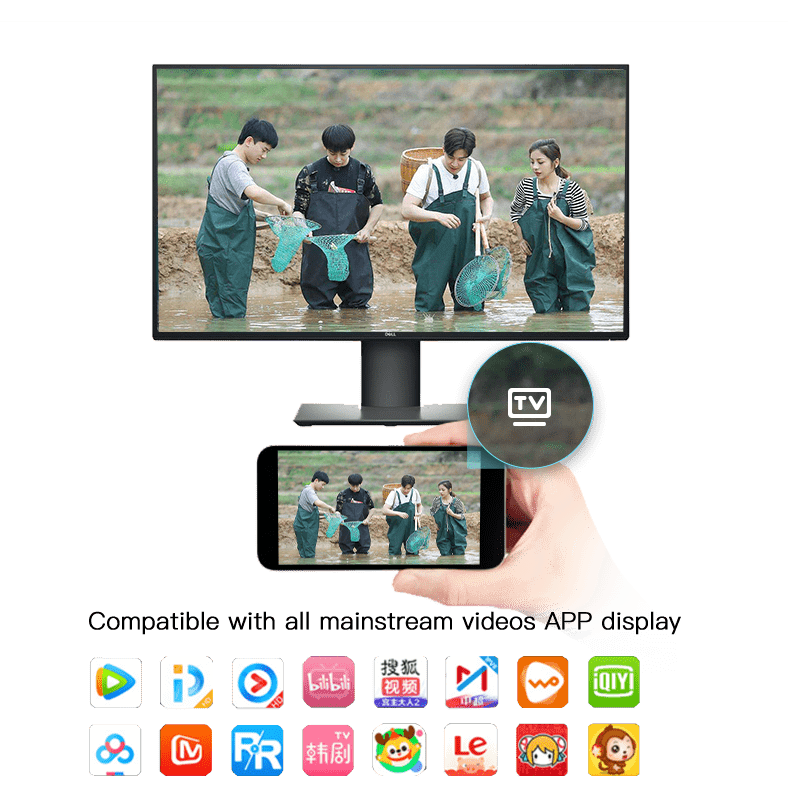The DLNA screen mirroring protocol, also known as the Digital Living Network Alliance, aims to achieve interconnectivity between personal PCs, consumer appliances, and mobile devices in wireless and wired networks, enabling unrestricted sharing and transmission of digital media and content services such as audio, video, and images.
The main features of the DLNA screen mirroring protocol include:
- Cross platform compatibility: not only supports mobile devices such as Android and iOS, but also compatible with desktop devices such as Windows and Linux. Different devices can be connected and transferred to each other.
- Supports multiple formats: The DLNA screen mirroring protocol supports multiple audio and video formats, such as MP4, AVI, MKV, etc., ensuring that multimedia content can be played completely and smoothly.
- Multi screen interaction: In addition to the basic screen casting function, DLNA also supports multi-user screen interaction, such as multiple people being able to simultaneously cast screens with their phones or interact with content on their TVs.
- Fast screen mirroring: Adopting the new generation of Wi Fi connection technology, the mirroring speed of multimedia content is faster, smoother, and more latency free.
- Interface friendly: The interface design of the DLNA projection screen is simple and clear, with easy to understand operation, providing a good user experience.

The method of using the DLNA screen mirroring protocol for screen mirroring is as follows:
- Prepare equipment: Ensure that you have at least two devices, one as a sending device (such as a phone or computer) and the other as a receiving device (such as a TV or projector).
- Connecting devices: Connect the sending and receiving devices to the same Wi Fi network to ensure they can recognize and communicate with each other. If the receiving device does not have Wi Fi functionality, a DLNA adapter can be used for connection.
- Turn on the DLNA screen mirroring function: Turn on the DLNA screen mirroring function on the sending device. For mobile phones or tablets, it may be necessary to download a DLNA screen mirroring app, such as BubbleHNP, iMediaShare, or Plex.
- Search and select target device: Search for available receiving devices on the sending device and select one from the list as the target device.
- Start screen casting: Once connected successfully, you can play media files on the sending device and cast them for viewing through the receiving device.
Overall, the DLNA screen mirroring protocol provides a convenient and efficient way for users to project multimedia content from devices such as smartphones and computers onto televisions or large screens, achieving a better viewing experience.